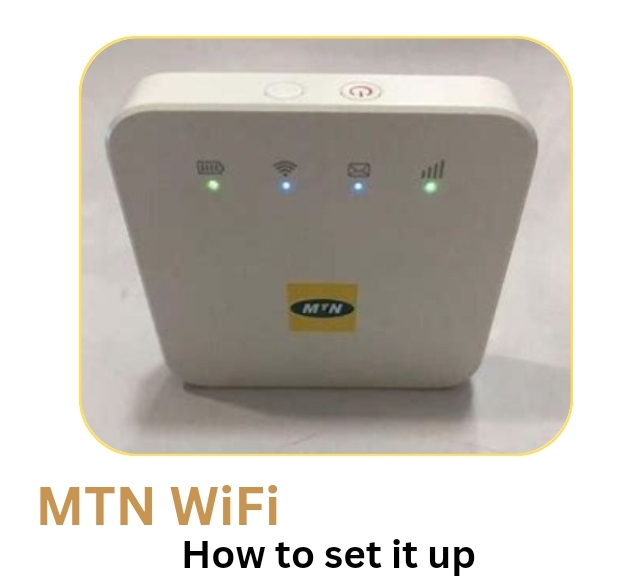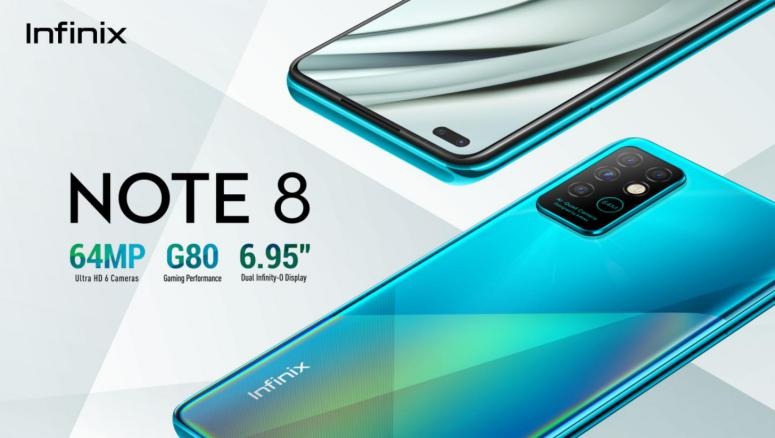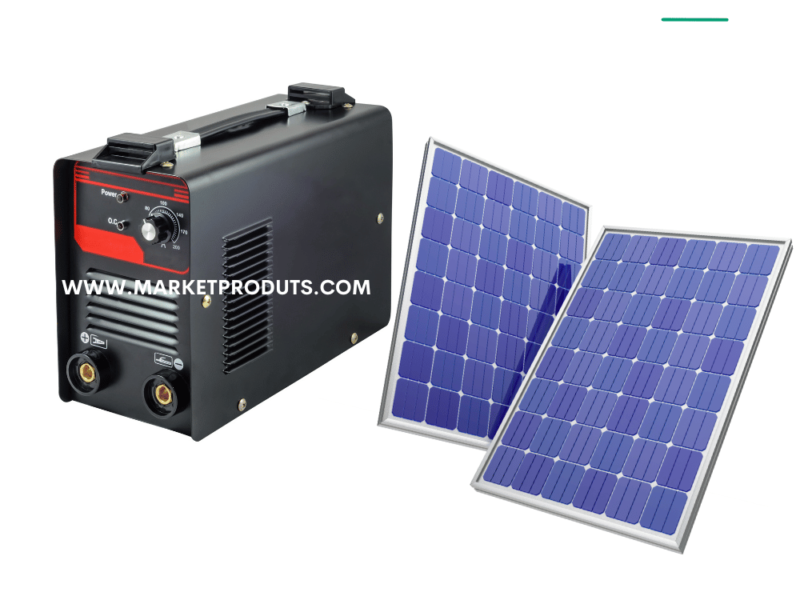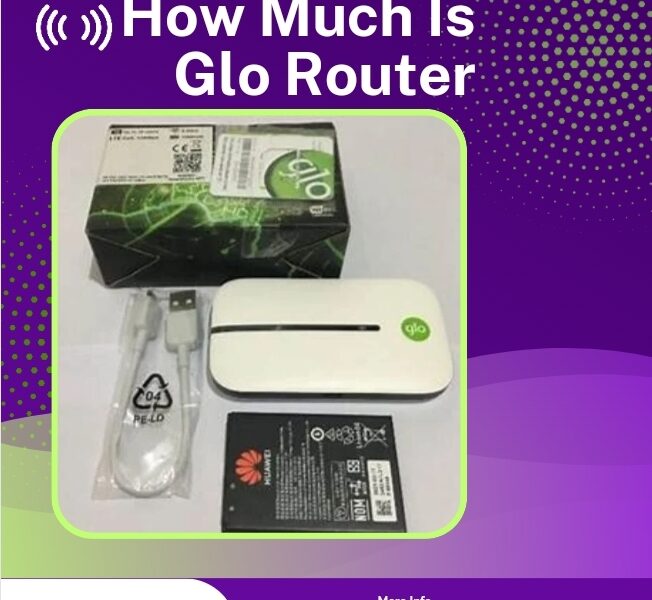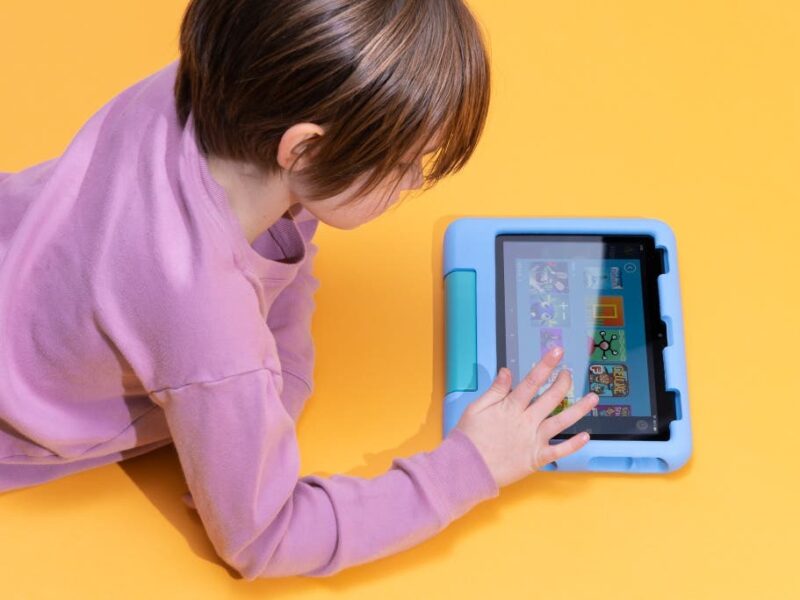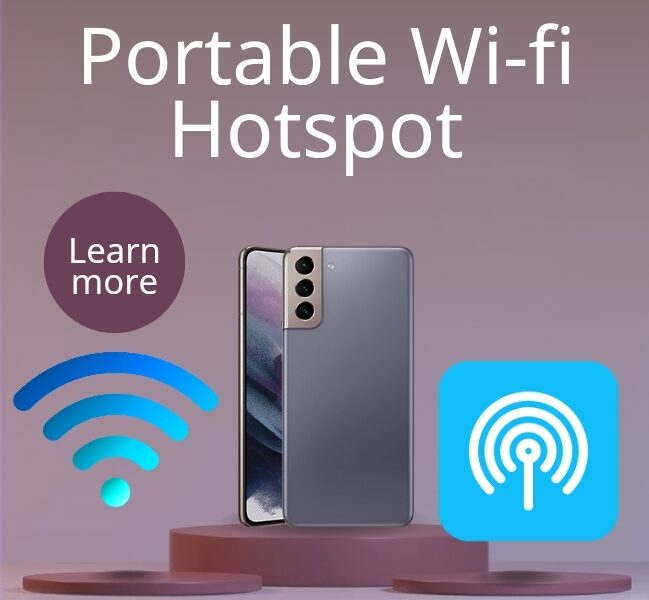Are you tired of relying on the erratic power supply in Nigeria? Do you want to enjoy uninterrupted electricity while saving money on your energy bills? Installing solar panels and an inverter might be the solution you’re looking for. Solar energy is not just sustainable but also a smart choice for Nigerian households and businesses facing constant power outages. In this article, we’ll walk you through the process of installing solar panels and an inverter, step-by-step, tailored for Nigerians who want to take charge of their energy needs.
What You Need to Know Before Installing Solar Panels and Inverter
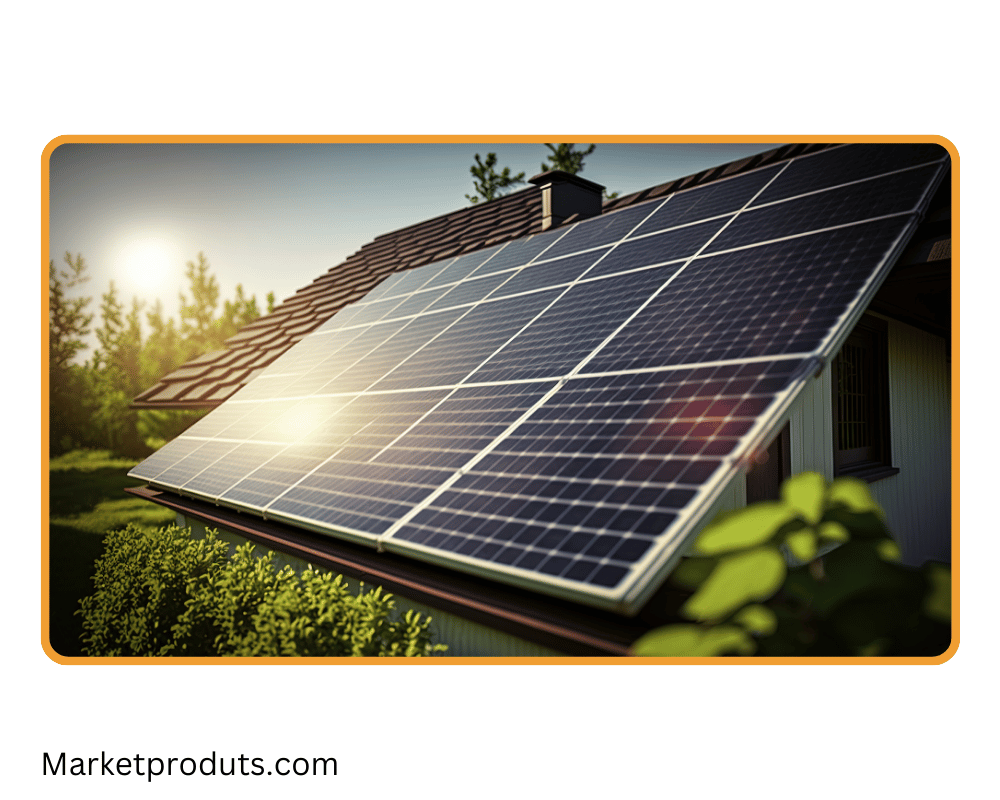
Before we go into how to install solar panels and inverter process , it’s important to understand the basics of solar energy. Solar panels convert sunlight into electricity, which is then stored in batteries or fed directly into your home’s electrical system through an inverter. The inverter is responsible for converting the direct current (DC) generated by the solar panels into alternating current (AC), which is what most household appliances use.
Why Choose Solar Energy in Nigeria?
- Unreliable Power Supply: With the frequent power cuts and load shedding in Nigeria, having a reliable power source is crucial.
- Cost Savings: While the initial investment might seem high, solar energy significantly reduces electricity bills in the long run.
- Environmental Impact: Solar energy is a clean and renewable source, contributing to a greener environment.
Step 1: Assess Your Energy Needs
The first step in installing solar panels and an inverter is to assess your energy needs. This involves calculating the amount of electricity your household or business consumes daily. To do this:
- List all the electrical appliances you use regularly (e.g., refrigerators, TVs, fans, light bulbs).
- Check their wattage and estimate the number of hours each appliance runs daily.
- Multiply the wattage by the number of hours to get the total watt-hours (Wh) consumed by each appliance.
- Sum up all the watt-hours to determine your daily energy consumption.
For instance, if you use a 100-watt fan for 10 hours a day, it consumes 1000 Wh daily. Conducting this energy audit will help you determine the size of the solar panel system and inverter you need.
Step 2: Choose the Right Solar Panels and Inverter
Choosing the right solar panels and inverter is crucial for maximizing your energy efficiency and meeting your power needs. Here’s what to consider:
Types of Solar Panels
- Monocrystalline Solar Panels: These are highly efficient and have a longer lifespan but are more expensive. They work well in smaller spaces.
- Polycrystalline Solar Panels: These are less efficient than monocrystalline panels but are more affordable. They are ideal for larger installations with more roof space.
- Thin-Film Solar Panels: These are the least efficient but are lightweight and flexible. They are suitable for unconventional roof types or where space isn’t a constraint.
Types of Inverters
- Pure Sine Wave Inverters: These are ideal for sensitive electronics and appliances because they produce a cleaner, more reliable output. They are slightly more expensive but worth the investment.
- Modified Sine Wave Inverters: These are cheaper but may not be compatible with all appliances. They are best suited for basic setups without sensitive electronics.
Step 3: Design Your Solar System Layout
After choosing the right equipment, the next step is to design your solar system layout. This involves deciding where to place your solar panels and inverter for maximum efficiency.
- Roof Orientation and Tilt: In Nigeria, solar panels should ideally face north to receive the most sunlight. The tilt angle should be around 15-20 degrees for optimal performance.
- Shading: Ensure there are no trees, buildings, or other obstructions that could cast shadows on your panels and reduce their efficiency.
- Inverter Placement: The inverter should be installed in a cool, dry, and well-ventilated area. Excessive heat can reduce its lifespan and efficiency.
Step 4: Install the Solar Panels
Installing the solar panels is a crucial step that requires careful planning and execution. While it’s advisable to hire a professional installer, here’s a general guide on how to install solar panels:
- Mount the Racks: Start by installing the mounting racks on the roof. These racks hold the solar panels in place. Ensure they are securely fastened to withstand wind and weather conditions.
- Place the Solar Panels: Once the racks are in place, mount the solar panels onto the racks. Make sure they are tightly secured.
- Wiring the Panels: Connect the solar panels in series or parallel, depending on your setup. Use high-quality cables that are resistant to UV and weather conditions.
- Connect to the Inverter: Once the wiring is complete, connect the solar panels to the inverter. This step should be done carefully to avoid any electrical hazards.
Step 5: Install the Inverter and Battery Bank
The inverter is the heart of your solar power system, converting the DC from the solar panels to AC for use in your home. Follow these steps to install the inverter:
- Mount the Inverter: Find a suitable location close to the main distribution board and mount the inverter on the wall. Ensure it is placed in a cool, dry area away from direct sunlight.
- Connect the Battery Bank: If you are using batteries to store excess power, connect them to the inverter. Batteries are crucial for nighttime usage or during cloudy days.
- Inverter to Distribution Board: Finally, connect the inverter to the main distribution board of your home. This allows the electricity generated to be fed directly into your home’s electrical system.
Step 6: Test the Solar Power System
Once the installation is complete, it’s time to test the solar power system to ensure everything is working correctly.
- Check All Connections: Double-check all electrical connections, ensuring there are no loose wires or faulty connections.
- Turn On the System: Start by turning on the inverter, followed by the solar panels. Check if the inverter is displaying the correct input from the solar panels.
- Test the Output: Check if your electrical appliances are receiving power from the solar system. You should notice a significant reduction in your electricity consumption from the national grid.
Step 7: Maintain Your Solar Panels and Inverter
Proper maintenance is key to ensuring the longevity and efficiency of your solar power system. Here are some maintenance tips:
- Clean the Solar Panels: Dust, bird droppings, and debris can reduce the efficiency of solar panels. Clean them with a soft cloth and water every few months.
- Check the Inverter Regularly: Ensure that the inverter is running efficiently. Check the display panel for any error messages and address them promptly.
- Inspect the Wiring: Periodically check the wiring for any signs of wear, tear, or corrosion.
Common Challenges in Installing Solar Panels and Inverters in Nigeria

While installing solar panels and inverters is a great step towards energy independence, there are a few challenges you may encounter:
- High Initial Costs: The cost of solar panels, inverters, and batteries can be quite high. However, various financing options are available, including loans and solar leasing schemes.
- Lack of Skilled Installers: Ensure you hire a certified installer with experience in solar installations to avoid poor setups that could affect efficiency.
- Maintenance: Although solar systems require minimal maintenance, it’s crucial to keep up with routine checks to prevent faults.
Conclusion
Installing solar panels and an inverter in Nigeria is a smart and sustainable choice for anyone tired of unreliable power supply and high electricity bills. While the initial investment may seem daunting, the benefits of energy independence, cost savings, and environmental conservation far outweigh the costs.
By following the steps outlined in this guide, you can take control of your energy needs and enjoy a reliable, cost-effective, and eco-friendly power solution tailored to the unique challenges of living in Nigeria. Remember, investing in solar energy is not just a step towards self-sufficiency but also a commitment to a greener, more sustainable future.

